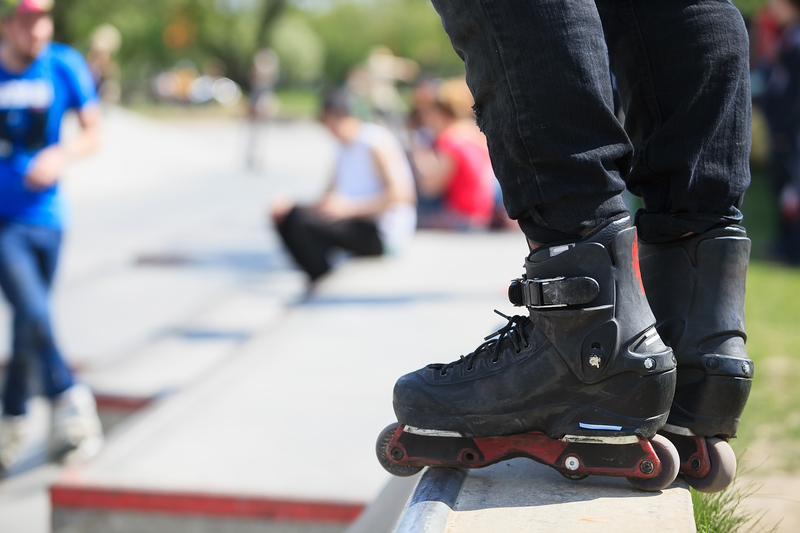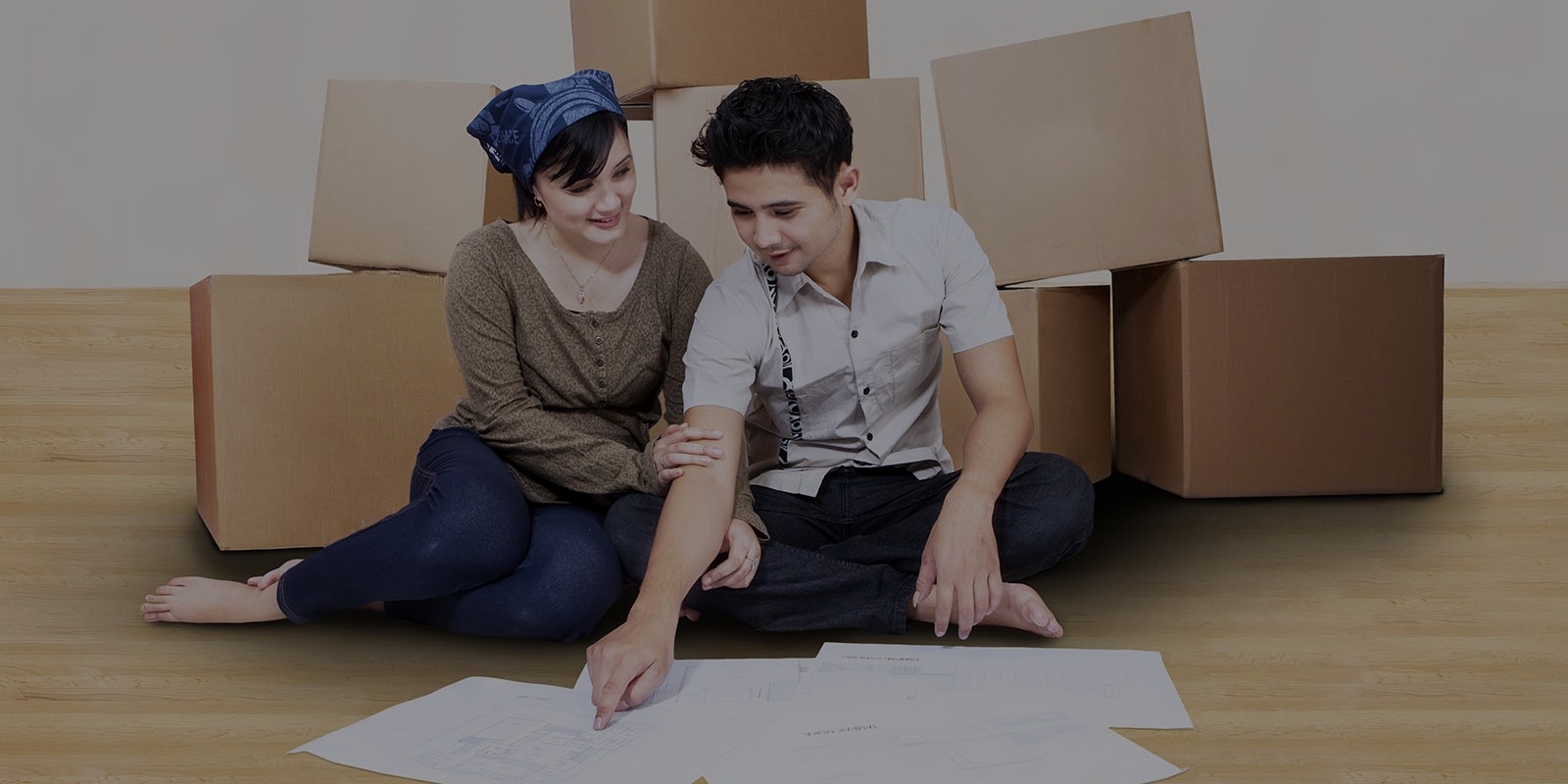Packing Essentials for a Smooth Transition to a New Home
Posted on 18/05/2025
Packing Essentials for a Smooth Transition to a New Home
Relocating can be one of life's most exciting milestones, but it's also a process that requires thoughtful planning and strategic preparation. A smooth transition to a new home starts with diligent packing--and the right packing essentials. Whether you're moving across town or across the country, crafting a well-organized checklist and understanding what packing supplies are necessary is key to a hassle-free move.
Why Proper Packing Matters for a Smooth Move
Moving isn't just about transporting belongings; it's about safeguarding memories, investing in your future, and making your new living space feel like home from day one. The right approach to packing essentials for moving can help you avoid damage, loss, and stress on moving day. Organized packing streamlines unpacking, helps you settle quicker, and ensures every item arrives in its best condition. Preparation is your secret weapon.

Creating Your Packing Strategy
Before diving into boxes and bubble wrap, strategize your move for efficiency and peace of mind. Here are some key steps for a successful packing process:
- Start Early: Begin packing several weeks ahead of your move date.
- Declutter: Purge items you no longer want or need to save time, space, and money.
- Make a Checklist: Use a detailed moving checklist to keep you organized and on track.
- Gather Supplies: Ensure you have all the packing essentials before you begin.
- Label Everything: Clearly label each box by room and content for easy unpacking.
The Ultimate Packing Essentials Checklist
Let's break down the various moving packing essentials that every soon-to-be mover should have on hand. Ensuring you're equipped with these items is step one towards a stress-free move.
Moving Boxes and Containers
- Sturdy Cardboard Boxes: Choose an assortment of sizes--small for heavy items like books, medium for general goods, and large for lighter, bulky items such as bedding.
- Plastic Bins: Ideal for items needing extra weather protection or for reusable storage.
- Wardrobe Boxes: Special boxes with hangers for transporting clothes wrinkle-free.
- Dish Pack Boxes: Extra-thick boxes designed to protect dishes and glassware.
Protective Packing Materials
Moving safely depends on appropriate cushioning and wrapping materials. Here's what you'll need for breakable or delicate items:
- Bubble Wrap: Essential for wrapping fragile possessions such as glass, ceramics, and electronics.
- Packing Paper: A cleaner option than newspaper for wrapping dishes, collectibles, and artwork.
- Foam Sheets or Peanuts: Fill empty spaces in boxes to prevent shifting during transit.
- Furniture Pads/Moving Blankets: Protect large items and appliances from nicks and scratches.
- Stretch Wrap: Keep furniture, drawers, and cords together and protected.
Essential Packing Tools and Supplies
The right tools help you pack efficiently and securely. Don't forget these must-haves:
- Packing Tape: Use strong, wide shipping tape for sealing boxes. Consider having a tape dispenser for quick use.
- Box Cutter/Scissors: For opening and breaking down boxes on both ends of your move.
- Permanent Markers: Label each box clearly with contents and room destination.
- Labels/Stickers: Color-coded stickers make identifying the right rooms much easier during unpacking.
- Zip Ties & Rubber Bands: Secure cables, cords, and small hardware.
- Notepad or Inventory Sheets: Track box numbers and contents for accountability.
Room-by-Room Packing Essentials
Each area of your home requires unique considerations. Here's a quick breakdown of recommended essentials for each:
Kitchen
- Dish Boxes and Cell Kits: For plates, glasses, and stemware.
- Packing Paper: For each individual item.
- Small Boxes: Prevent overloading heavy kitchenware.
- Cooler/Ice Packs: For relocating perishables if necessary.
Bedrooms
- Wardrobe Boxes: Keeps clothes organized and wrinkle-free.
- Mattress Bags or Covers: Protect from dirt and moisture.
- Plastic Bags for Linens: Easy transport for bedding and pillows.
- Personal Valuables Box: For jewelry, important documents, and small electronics.
Living Room
- TV Boxes: Specially designed to protect flat screens.
- Stretch Wrap and Blankets: Shield furniture from damage.
- Bubble Wrap: For decorative items and electronics.
Bathroom
- Plastic Bins: Retain moisture safety for toiletries.
- Small Box for Medications: Keep with essentials for easy access.
- Leak-Proof Bags: For liquids and bottles.
Garage and Storage
- Heavy-duty Boxes or Crates: For tools and equipment.
- Plastic Baggies: Separate hardware and small parts.
- Toolbox: Pack last for easy access on arrival.
Special Packing Tips for a Smooth Move
Expert techniques can make your entire transition to a new home even easier:
- Pack a First-Night Bag: Essentials like towels, pajamas, paperwork, and toiletries should be easily accessible.
- Keep Important Documents Together: Store IDs, leases, titles, and financials in a safe, labeled envelope or moving binder.
- Don't Overpack Boxes: Each box should be light enough for one person to lift to avoid injury and box breakage.
- Seal Liquids Separately: Transport cleaning supplies or toiletries in waterproof containers to prevent spills.
- Label Fragile Items Clearly: Use "FRAGILE" stickers and keep these boxes on top or in a secure section of the truck.
- Photograph Electronics Setups: Quick reference for reassembly at your new home.
Top Packing Mistakes to Avoid
Even well-prepared movers can fall into common traps. Avoid these frequent packing pitfalls:
- Waiting Until the Last Minute: Rush packing leads to disorganization and potential damage.
- Skipping Inventory: Without a list, it's easy to lose or misplace items.
- Ignoring Specialty Items: Artwork, musical instruments, or large mirrors require specific packing strategies or crates.
- Reusing Weak Boxes: Older boxes may collapse and are less protective.
- Not Using Enough Padding: Insufficient cushion is a recipe for breakage.
What Not to Pack with Your Essentials
Certain items should travel with you personally, not in the moving truck. These include:
- All vital documents (passports, insurance, title deeds, birth certificates)
- Medications and prescription drugs
- Valuables and cash
- High-value electronics and chargers
- Sentimental jewelry or family heirlooms
Packing Essentials for a Long-Distance Move
If your transition covers a considerable distance, pay extra attention to durability, weatherproofing, and organization:
- Double-Wall Corrugated Boxes: Enhanced protection for extended travel.
- Plastic Wrap or Totes: Guard against extreme temperatures and humidity.
- Inventory Check-In/Out: Carefully check items at both your origin and destination.
- Overnight Essentials Bag: Especially vital if your delivery will take several days.
Eco-Friendly Packing Essentials
Green moving is easier than ever with sustainable packing essentials:
- Reusable Plastic Crates: Durable, stackable, and eco-conscious.
- Biodegradable Packing Peanuts: Safe for the environment, effective for protecting fragile items.
- Recycled Cardboard Boxes: Source used boxes from local businesses or friends.
- Cloth Blankets and Towels: Double as packing material and home essentials.
- Repurpose Household Items: Use suitcases, baskets, or storage bins for transport.
How to Organize and Label for Quick Unpacking
A little initial effort during packing pays off on arrival day:
- Room Labels: Write the destination room on each box's top and sides.
- Number System: Assign each box a number and log it in your inventory sheet.
- Special Instructions: Note "Open First," "Fragile," or "Heavy" as needed.
- Color Coding: Use different colored tape or stickers for each room.
Final Moving Day Essentials
Don't forget these crucial items to keep handy during the final hours and first day in your new abode:
- Cleaning Supplies
- Toolkit (screwdriver, hammer, tape measure)
- Toilet Paper and Paper Towels
- Chargers and Extension Cords
- Snacks and Water
- Change of Clothes and Bedding
- Phone List of Important Contacts

FAQs: Packing Essentials for Moving
What should I pack first when preparing to move?
Begin with non-essentials like decor, books, and off-season clothes. Pack daily use items last for easy access up to moving day.
How do I choose the right moving boxes?
Use small, sturdy boxes for heavy items; medium boxes for general items; and large boxes for lightweight, bulky belongings. Specialty boxes ensure extra protection for fragile possessions.
What are the best materials for protecting fragile items?
Bubble wrap, packing paper, and foam sheets are the best packing essentials for delicate and breakable objects. Remember to fill all spaces within the boxes to stop items from shifting.
Conclusion: Your Smooth Transition Starts Here
Moving doesn't have to be overwhelming. By focusing on essential packing supplies, smart organization, and a detailed checklist, you'll pave the way for a smooth transition to your new home. Invest time in preparation, choose high-quality packing materials, and don't hesitate to seek help when needed. With the right moving essentials, settling into your next adventure will be easier--and more enjoyable--than you ever thought possible.
Happy moving!







